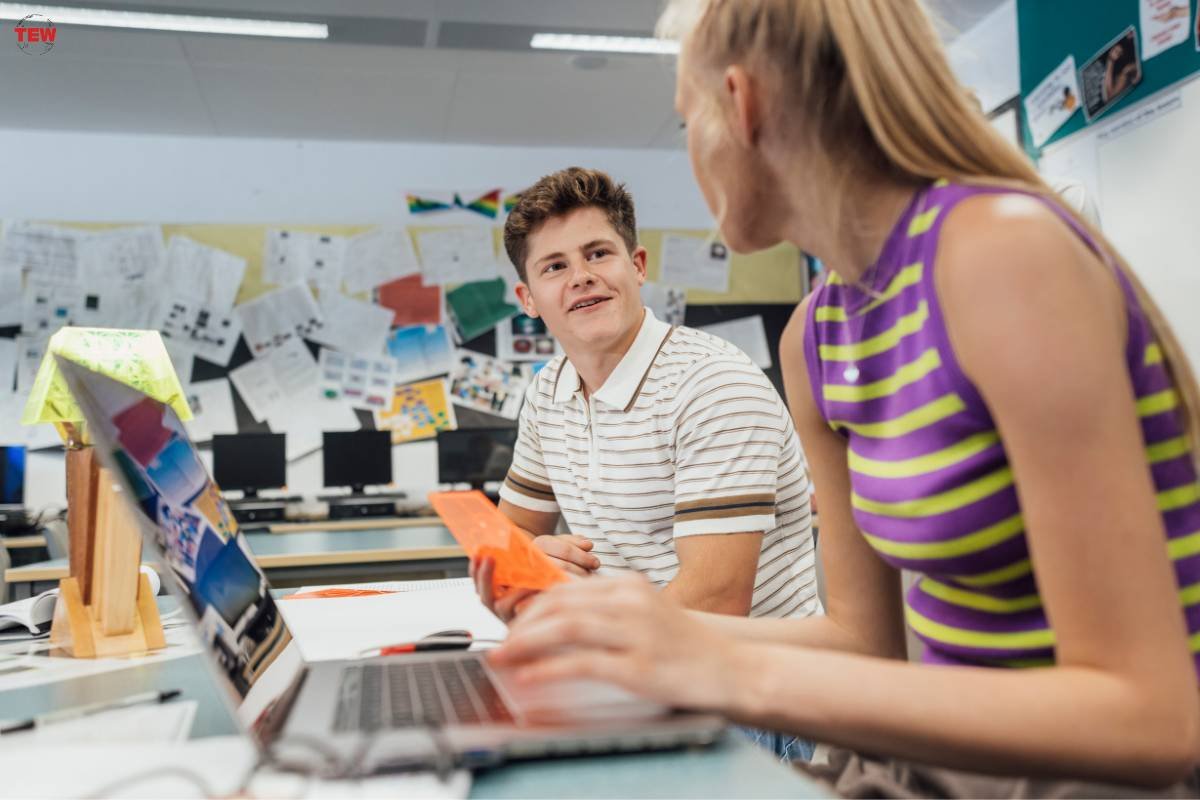Motivating students is a complex challenge that educators continually grapple with. While external rewards and punishments may yield temporary compliance, cultivating intrinsic motivation—the internal desire to learn and succeed—proves to be the key to long-term academic success. This article delves into effective strategies that educators can employ to nurture intrinsic motivation in student, fostering a love for learning that extends beyond the classroom.
I. Establishing a Positive Learning Environment:
A. Building Relationships:

Creating strong teacher-student relationships lays the foundation for intrinsic motivation. Students are more likely to engage and invest in their learning when they feel valued, respected, and supported by their teachers. Simple acts like remembering students’ names, showing genuine interest in their lives, and providing constructive feedback contribute to a positive and nurturing learning environment.
B. Cultivating a Growth Mindset:
Encouraging a growth mindset, where students believe that abilities can be developed through dedication and hard work, fosters intrinsic motivation. Instead of framing challenges as insurmountable obstacles, educators can highlight the power of effort and perseverance in achieving success. By praising effort, resilience, and progress, teachers inspire students to view challenges as opportunities for growth rather than failures.
II. Tapping into Student Interests:
A. Incorporating Relevant Content:
Tailoring lessons to align with students’ interests makes learning more meaningful and engaging. Educators can integrate real-world examples, current events, and topics that resonate with students, allowing them to see the relevance of academic concepts in their lives. Connecting classroom content to students’ interests creates a bridge between what they learn in school and their personal experiences, igniting motivation.
B. Providing Choice and Autonomy:
Granting students some autonomy over their learning fosters a sense of ownership and intrinsic motivation. Offering choices in assignments, projects, or reading materials allows students to pursue topics they are passionate about. This autonomy not only enhances engagement but also nurtures a sense of responsibility and independence in their learning journey.
III. Fostering Curiosity and Inquiry:
A. Encouraging Questioning:

Intrinsic motivation thrives in an environment that encourages curiosity. Teachers can foster a culture of questioning by inviting students to ask thought-provoking questions, facilitating discussions, and integrating inquiry-based activities into the curriculum. When students are encouraged to explore and seek answers to their own questions, they develop a natural curiosity that fuels their motivation to learn.
B. Implementing Project-Based Learning:
Project-based learning (PBL) offers an effective platform for nurturing motivation. By allowing students to work on projects that require critical thinking, creativity, and problem-solving, educators tap into students’ natural curiosity and drive for discovery. PBL not only makes learning more engaging but also empowers students to take ownership of their education.
IV. Providing Timely and Constructive Feedback:
A. Personalized Feedback:
Timely and personalized feedback is a powerful intrinsic motivator. When students receive feedback that is specific, constructive, and tailored to their individual progress, they gain insights into their strengths and areas for improvement. Personalized feedback communicates that their efforts are recognized and valued, fostering a sense of competence and intrinsic motivation.
B. Goal Setting and Reflection:
Incorporating goal-setting activities and encouraging students to reflect on their progress promotes intrinsic motivation. By setting achievable short-term goals, students experience a sense of accomplishment and are motivated to tackle more challenging tasks. Regular reflection allows them to assess their growth, reinforcing the connection between effort and success.
V. Creating a Collaborative Learning Community:
A. Peer Collaboration:

Promoting collaboration among students cultivates a sense of community and shared purpose, enhancing motivation. Collaborative projects, group discussions, and peer-to-peer learning opportunities provide students with diverse perspectives and the chance to learn from one another. The social nature of collaborative learning contributes to a positive and motivating academic environment.
B. Celebrating Achievements:
Recognizing and celebrating both individual and collective achievements reinforces intrinsic motivation. Teachers can create a culture of celebration by acknowledging students’ efforts, showcasing their work, and organizing events that highlight academic accomplishments. Celebrations contribute to a positive learning atmosphere, where success is not only valued but also becomes an inherent part of the student’s motivation to learn.
VI. Embracing Technology and Gamification:
A. Integrating Educational Technology:
Incorporating technology into the learning process can enhance intrinsic motivation. Educational apps, online resources, and interactive platforms provide students with opportunities to explore, discover, and engage with content in innovative ways. The integration of technology not only aligns with students’ digital preferences but also adds an element of excitement to the learning experience.
B. Gamification Elements:
Introducing gamification elements, such as point systems, badges, and challenges, can spark motivation. By turning aspects of the learning process into a game, educators tap into students’ natural inclination for competition and achievement. Gamification not only makes learning enjoyable but also encourages students to set and surpass their own goals, fostering intrinsic motivation.
Conclusion:
Intrinsic motivation is the catalyst for a lifelong love of learning. By creating a positive and supportive learning environment, tapping into student interests, fostering curiosity and inquiry, providing constructive feedback, promoting collaboration, and leveraging technology, educators can effectively nurture it in their students. As we continue to explore innovative approaches to education, prioritizing motivation becomes paramount in preparing students not only for academic success but also for a future where curiosity, resilience, and a love for learning are essential attributes.




